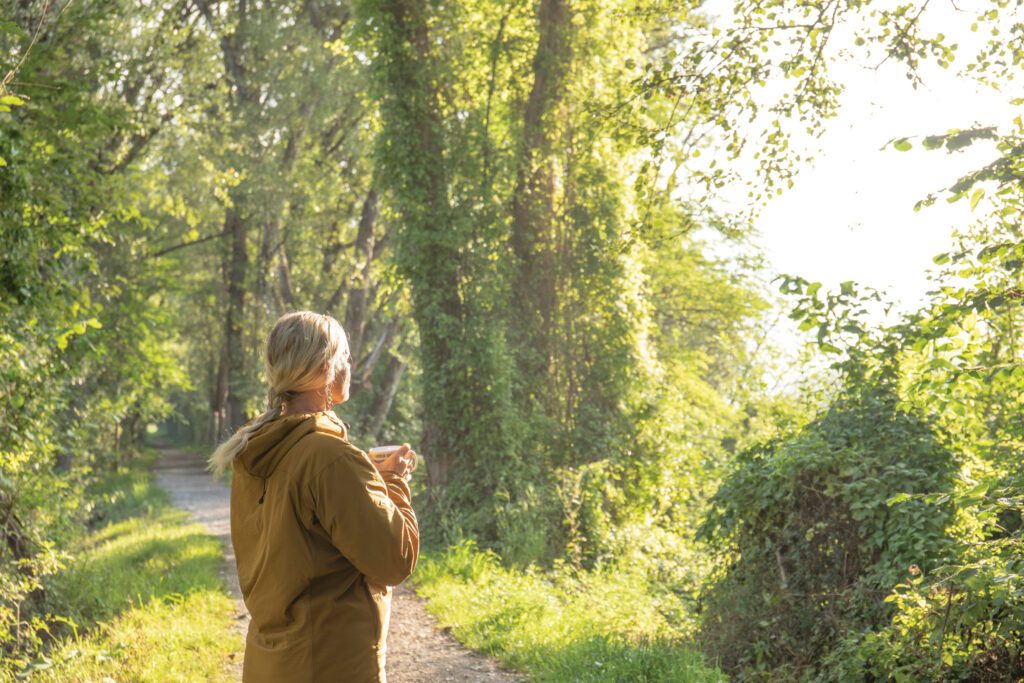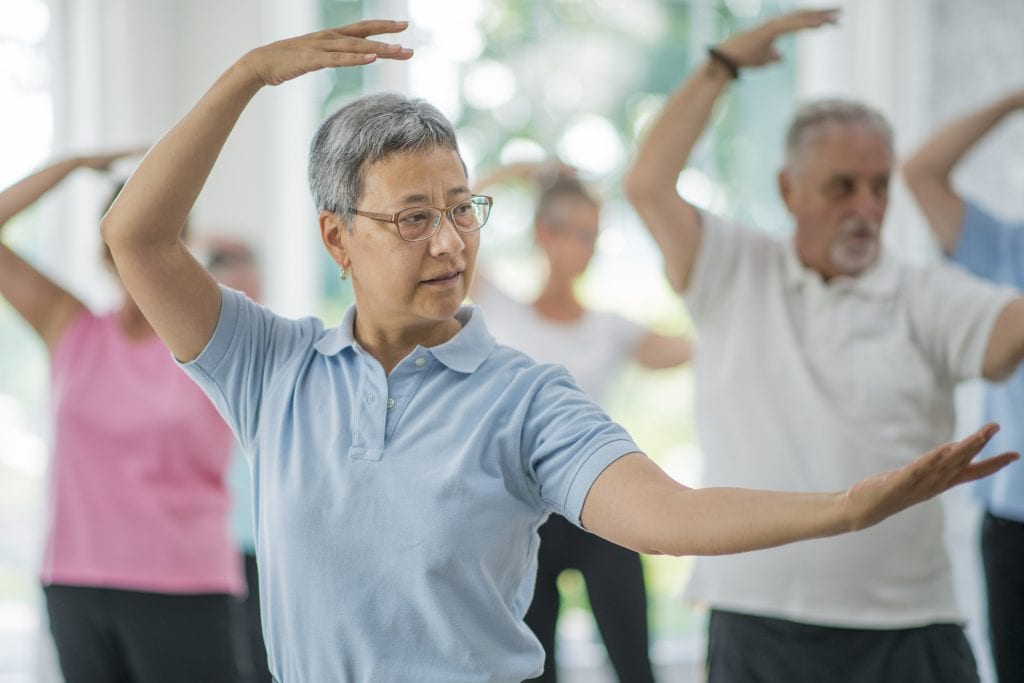How to Stay Calm & Sane in a Fast-Paced World
We live in stressful times. The modern world is a fast-paced maelstrom of competing responsibilities, relationships, and to-do lists. With so many things pulling us in so many directions, it’s easy to become anxious and disconnected. Where can we find relief?


Enter: The Practice of Mindfulness
Rooted in Eastern philosophy, mindfulness is increasingly being recommended by health professionals as a great way to find peace and focus in a high-speed multitasking world. And it’s not a fad. The practice has recently garnered measurable results from many studies in neuroscience.
What is mindfulness?
Mindfulness is about “listening to your thoughts” so that you can discover their habitual patterns. It involves deliberately paying attention, focusing on the present moment, and observing and acknowledging experiences, thoughts, and emotions without judgment.
The whole point is to separate experience from being and observation from participation. For example, someone practicing mindfulness would make the distinction between “experiencing depression” and “being depressed.” The mindful person knows how to observe anxious or sad thoughts without judgement and is able to focus on this observation separate from participating in the anxious or sad thoughts. Proponents say cultivating this attitude towards life will help you accept your circumstances with less emotional reactivity, be more comfortable with uncertainty, and create the “spaciousness” necessary for healing insight, action, or inaction.
“We’re all spinning so many plates at the same time that we can get lost in our to-do lists and end up empty and bankrupt from a personal standpoint,” says Julie Brown, psychotherapist and vice-chair of the board of directors for the Center for Mindful Living.
“Mindfulness is about getting away from internal and external distractions and asking ‘How present, am I? How aware am I of what is going on, or am I just busy going through the motions? It builds up our tolerance for handling uncertainty, but also joy—the most fragile of emotions.”
Practicing Mindfulness
Mindfulness can be practiced through structured meditation (taking time out of your day to engage in a meditative practice) or informal meditation (cultivating awareness of actions, senses, and physical response to emotions and experiences as you go about daily life). Many people look to certain activities like art, yoga, or tai chi that naturally promote a sense of “presence.” But there is no one way to go.
“There are lots of ways to practice mindfulness, because it falls into every domain of your life. It doesn’t just sit on one cushion,” says Lisa Harrison, psychotherapist and chair of the board of directors for the Center for Mindful Living. “We’re working with individuals to help them find ways to be present with themselves and present with other people. People learn that they can take it everywhere.”
Like strength training for weak muscles, mindfulness exercises provide a “workout” for the mind; repetitions build new, positive neurological patterns and sharpen a person’s ability to choose and control focus.
“Research shows that [mindfulness] increases concentration, memory, focus, awareness, these kinds of things,” says Harrison. “And that’s what we’re really looking for.”
Mindfulness-Based Therapies



Mindfulness has shown particular promise as a way to manage psychological and physical challenges—everthing from stress to eating disorders to coping with terminal illnesses and chronic pain. Researchers from Yale have found that mindfulness works well to help people overcome addictions to alcohol, cocaine, and smoking, while mindful eating has shown enormous potential for curbing binges and helping people enjoy food more.
Jon Kabat-Zinn, founding director of the Center for Mindfulness at the University of Massachusetts Medical School, is credited as the first to develop mindfulness in a therapeutic setting.
His Mindfulness-Based Stress Reduction (MBSR) program, developed in 1979, has shown marked results in helping those battling pain, stress, and chronic illness gain both relief and acceptance.
But mindfulness isn’t just for those with illness, pain, or addictions. Businesses, schools, and military units are embracing this practice. Even corporate powerhouse Google offers a mindfulness course for employees called, “Search Inside Yourself” to promote focus, clarity, and creativity.
“We’ve got people asking: ‘How can I be a mindful manager?’” says Brown. “I’m from the Baby Boomer generation, and the way we did business before is not working now. If you look at the reading lists for today’s MBA programs, instead of The One Minute Manager, you’re finding The Mindful Manager. The shift is starting to happen.”
Athletes, too, are promoting “active meditation” as a way to achieve the constant, moment-to-moment focus necessary for high-risk adventure sports like kayaking, trail running, or mountain biking. “The sports community is really embracing this,” says Brown. “Athletes need to be aware and listening to what’s going on so that they don’t get injured.”

